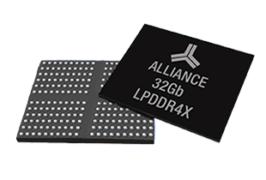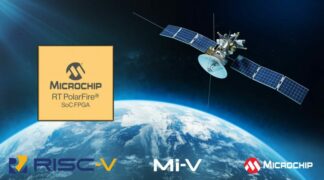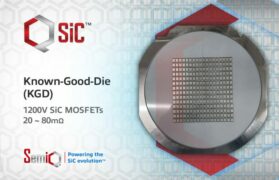The demands placed on displays have altered dramatically. Even in industrial applications, users now expect attractive user interfaces with touchscreens and interactive displays as well as intuitive operability. Consequently, it is worth thinking about display modules.
So-called intelligent displays already contain an integrated controller board including a graphics processor. They can thus be used without additional components such as PCs or single-board computers, both for display and device control with bidirectional communication. Especially for low or medium production volumes, they offer significant advantages over traditional displays. If all components have to be integrated individually, this takes a great deal of time and involves high development costs. The developers have to carry out every step of the design-in process themselves, from selecting suitable microcontrollers, graphics controllers and drivers, to board design, programming, testing and GUI (Graphic User Interface) development. Especially with smaller quantities, the costs and effort can quickly exceed the benefit or even the resources of a company.
For example, use of a TFT display with a 4.3″ diagonal (cost approx. €40) including an independent design requires the deployment of two engineers for six months. A TFT display module (cost approx. €59), on the other hand, can be integrated into an application by a developer within about a month. Thanks to reduced development costs, the overall costs are reduced in this case despite higher unit costs for the display module. As many of the time-consuming development steps are eliminated, the time-to-market is drastically reduced.
All-in-one solution with corresponding software
With its intelligent display modules, manufacturer 4D Systems offers such “one-stop” solutions for the embedded display sector. With their existing interfaces alone they enable countless extensive applications – without PC boards, which cause additional license costs for operating systems and whose functional scope exceeds requirements, especially for simple applications. For example, an intelligent display without an additional controller is sufficient for a fully-automatic coffee machine.
However, if the application is to perform complex calculations with database queries, use Internet-based data streams or contain high-performance sensors or actuators, a single-board computer (SBC) or host controller is required. For the connection of SBCs such as Arduino, Raspberry Pi or BeagleBone Black, 4D Systems display modules offer an adapter. In addition, they are compatible with microBus (M-Bus) boards and support microelectronic compilers and microSDK as well as MPLab and Atmel Start.
In order to use the display modules and create applications, 4D Systems offers the free “4D Workshop” software with four different modes: Designer mode allows 4DLG codes to be generated to program the display, while Serial mode allows the module to be converted to a slave device and controlled using any microcontroller host with a serial port. The “ViSi” and “ViSi-Genie” modes offer simplified visual programming with accompanying automatic 4DGL code generation.











